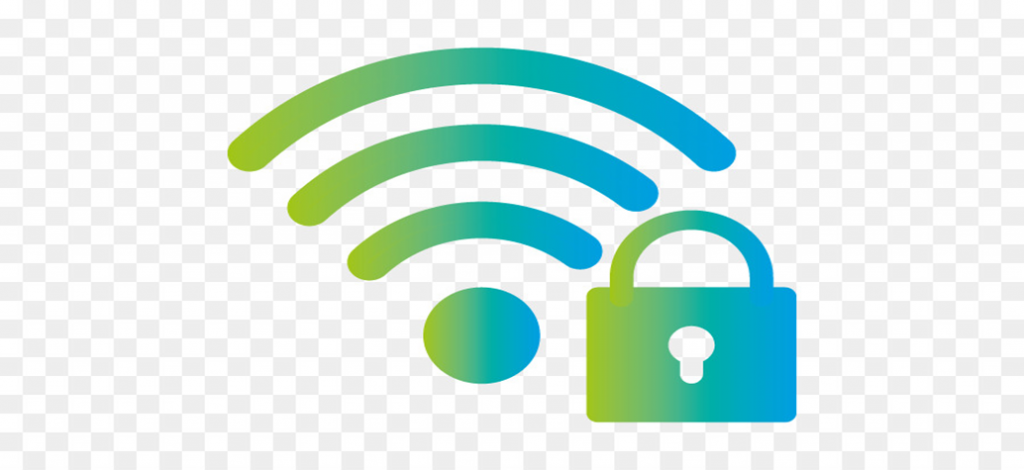What Is WPA
What Is WPA, WPA2, WPA3 ?

Wi-Fi Protected Access (WPA), Wi-Fi Protected Access II (WPA2), and Wi-Fi Protected Access 3 (WPA3) are the three security and security certification programs developed by the Wi-Fi Alliance to secure wireless computer networks. The Alliance defined these in response to serious security weaknesses that hackers had found in the previous system, Wired Equal Privacy (WEP).[1]
WPA (sometimes referred to as the draft IEEE 802.11i standard) became available in 2003. The Wi-Fi Alliance meant it as a intermediate measure in anticipation of the availability of a more secure and complex WPA2, which became available in 2004 and is a common shorthand for the full IEEE 802.11i (or IEEE 802.11i-2004) standard.
In January 2018, Wi-Fi Friendly partnership announced the release of WPA3 with several security improvements over WPA2.[2]
Stands for “Wi-Fi Protected Access.” WPA is a security rules of conduct designed to create secure wireless (Wi-Fi) networks. It is just like the WEP rules of conduct, but offers improvements in the way it handles security keys and the way users are becoming more app driven.
For encryption to work, both systems on the beginning and end of a data transfer must use the same static (dedicated) encryption key pair. While WEP provides each approved system with the same key, WPA uses the time-related key (honest and good human quality/wholeness or completeness) rules of conduct (TKIP), which energetically/changing quickly as needed changes the key that the systems use. This prevents intruders from creating their own number-based key to secretly code messages to match the one used by the secure network.
WPA also puts into use something called the (able to be made longer or more complex) (verifying someone’s identity) Rules of conduct (EAP) for authorizing users. Instead of authorizing computers based onlyy on their MAC address, WPA can use (more than two, but not a lot of) other methods to (check for truth/prove true) each computer’s identity. This makes it harder for unauthorized systems to gain access to the wireless network.
WPA: Wi-Fi Protected Access. … WPA Key or Security Key: This is the password to connect your wireless network. It’s also called a Wi-Fi Security Key, a WEP Key, or a WPA/WPA2 Passphrase. This is another name for the password on your modem or router.
What is WPA used for?
Wi-Fi Protected Access (WPA) is a security standard for users of figuring out/calculating devices prepared with wireless internet connections. WPA was developed by the Wi-Fi Friendly partnership to provide more fancy (or smart) data (turning messages into secret code) and better user (verifying someone’s identity) than Wired Equal Privacy (WEP), the original Wi-Fi security standard.
WPA 2 Wi-Fi Protected Access 2
Security (people who work to find information) 1 have discovered a major weakness (that could be used to hurt someone or something) in Wi-Fi Protected Access 2 (WPA2). WPA2 is a type of (turning messages into secret code) used to secure almost all Wi-Fi networks. A WPA2 network provides (like nothing else in the world) number-based keys to secretly code messages for each wireless client that connects to it.
Think of (turning messages into secret code) as a secret code that can only be figured out if you have the “key,” and a very important technology that helps keep digital data away from intruders and identity thieves.
The weakness (that could be used to hurt someone or something), dubbed “KRACKs” (Key Reinstallation AttaCKs), is actually a group of many weaknesses (that could be used to hurt something or someone) that when successfully fully used (for profit), could allow attackers to stop/interfere with (and look at) and steal data transmitted across a Wi-Fi network. Digital personal information that is transmitted over the Internet or stored on your connected devices — such as your driver’s license number, Social Security number, credit card numbers, and more — could be capable of being hurt. All of this personal information can be used toward committing identity theft, such as (using/getting to) your bank or investment accounts without your knowledge.
In some events, attackers could also have the ability to control/move around/mislead web pages, turning them into fake websites to collect your information or to install harmful programs or apps on your devices.
A year later, in 2004, WiFi Protected Access 2 became available. WPA2 has stronger security and is easier to configure than the prior options. The main difference with WPA2 is that it uses the Advanced (turning messages into secret code) Standard (AES) instead of TKIP. AES can secure top-secret government information, so it’s a good option for keeping a personal device or company WiFi safe.
The only important/famous weakness (that could be used to hurt someone or something) of WPA2 is that once someone has access to the network, they can attack other devices connected to the network. This is an issue if a company has an internal threat, such as an unhappy employee, who hacks into the other devices on the company’s network.
What is WPA3
WPA3. The most significant additions to the new security rules of conduct are greater protection for simple passwords, (designed for one person) (turning messages into secret code) for personal and open networks, and even more secure (turning messages into secret code) for business/project networks.
The original Wi-Fi Protected Access (WPA) standard was released back in 2003 to replace WEP, and the second edition of WPA came the year after. The third edition of WPA is a long-awaited and much-welcomed update that will benefit Wi-Fi industry, businesses, and the millions of average Wi-Fi users around the world–even though they might not know it. As weaknesses (that could be used to hurt something or someone) are recognized, (times of moving ahead or up) are made. In 2018, the WiFi Friendly partnership introduced WPA3. This new version will have, “new features to simplify WiFi security, enable more strong and healthy (verifying someone’s identity) and deliver increased (related to secret computer codes) strength for highly sensitive data markets.” WPA3 is still being put into use so WPA3-certified hardware isn’t an available option for most people.
WPA vs WPA2: How Are They Different
WPA and WPA2 are the most common security measures that are used to protect wireless Internet. Given this, we’ve compared the difference between WPA vs WPA2 so you can find the right option for your situation.
Why Would Someone Choose WPA?
WPA has a less secure (turning messages into secret code) method and needs/demands a shorter password, making it the weaker option. There isn’t a business software for WPA because it’s not built to be secure enough to support business usage. However, if you have an older software, WPA can be used with (almost nothing/very little) processing power and could be a better option for you than the WEP other choice.
Why Would Someone Choose WPA2?
WPA2 is an updated version of WPA that uses AES (turning messages into secret code) and long passwords to create a secured network. WPA2 has personal and business/project options, making it ideal for home users and businesses. However, it needs a big amount of processing power so if you have an old device, it may be slow or not work at all.
(without any concern about/having nothing to do with) which option is best for you, it’s important that you keep your device safe by properly securing your WiFi connection. If your router doesn’t support the most secure method of (turning messages into secret code), think about using a VPN to encrypt your searches. Many free VPNs can help you surf the web safely and privately from anywhere.
source : https://en.wikipedia.org/wiki/Wi-Fi_Protected_Access
: https://us.norton.com/internetsecurity-emerging-threats-what-to-do-about-krack-vulnerability.html
: https://www.networkworld.com/article/3316567/what-is-wpa3-wi-fi-security-protocol-strengthens-connections.html
SuperTech is FCC certified and can provide Consultation Services, as well as affordable premise cabling solutions for your Commercial Business applications.
